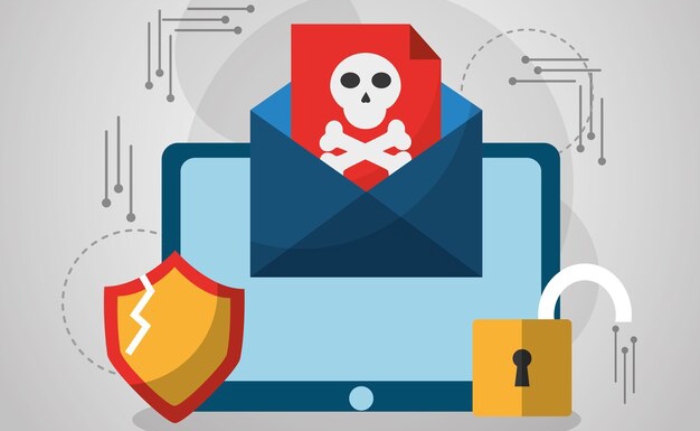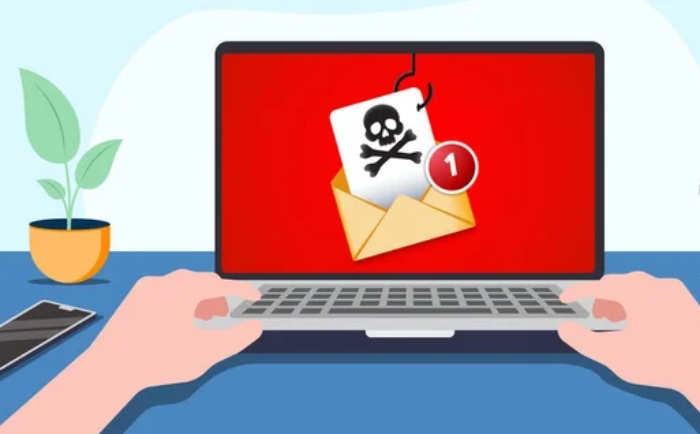DMARC For Gmail: Protecting Your Email Domain From Spoofing
Email spoofing represents a significant cybersecurity risk, wherein malicious actors manipulate email headers to create the illusion that deceptive emails are sent from a legitimate source. These attacks can damage your domain's credibility, jeopardize user safety, and expose confidential information. To mitigate these risks, DMARC (Domain-based Message Authentication, Reporting, and Conformance) provides an effective mechanism for safeguarding your email domain against spoofing attempts. This guide will outline the key steps for implementing DMARC within Gmail, helping you maintain the integrity of your domain and secure your communication channels. For further details, check out www.dmarcreport.com.
What is DMARC and Why is it Important?
DMARC, which stands for Domain-based Message Authentication, Reporting & Conformance, is an email verification protocol that builds upon SPF (Sender Policy Framework) and DKIM (DomainKeys Identified Mail). It verifies the authenticity of emails sent from your domain and allows domain owners to determine actions for messages that fail authentication, reducing the risks of phishing and spoofing. For Gmail users, DMARC adds an extra layer of security against unauthorized emails. Implementing DMARC enhances brand reputation, improves email deliverability, and increases user trust.
v

Steps to Implement DMARC for Gmail
- Set Up SPF and DKIM: Prior to the implementation of DMARC, it is essential to verify that your domain possesses valid SPF and DKIM records.
- SPF: Publish an SPF record in your DNS to authorize email servers to send on your behalf.
- DKIM: Enable DKIM signing in Google Workspace by generating and publishing a DKIM key in your DNS.
- Create a DMARC Record: Define your DMARC policy and create a DNS TXT record for it:
- Use a "none" policy (p=none) initially to monitor email traffic without affecting deliverability.
- Include reporting addresses (rua and ruf) to receive feedback on DMARC performance.
- Publish the DMARC Record: Add the DMARC TXT record to your domain’s DNS settings. Example record:
- v=DMARC1; p=none; rua=mailto:reports@yourdomain.com; ruf=mailto:alerts@yourdomain.com; fo=1
- Allow time for DNS changes to propagate.
- Monitor Reports and Adjust Policies: Review the DMARC reports sent to your specified email to identify issues with unauthorized senders or configuration mistakes. Gradually shift from a none policy to quarantine, then to reject, while optimizing your SPF and DKIM settings for improved email security.
Best Practices for DMARC on Gmail
- Start with a “None” Policy: Examine the DMARC reports delivered to your designated email address to detect problems related to unauthorized senders or configuration errors. Progressively transition from a none policy to quarantine, and ultimately to reject, while fine-tuning your SPF and DKIM settings to enhance overall email security.
- Keep SPF and DKIM Aligned: It is essential that the domains listed in your SPF and DKIM records correspond with the domain used in the From address of your emails. Any discrepancies may lead to authentication issues, which can negatively impact deliverability. To uphold consistency, make it a practice to routinely test and confirm alignment whenever you integrate new services into your email system.
- Use a DMARC Monitoring Tool: Third-party tools like DMARCian and Agari simplify the analysis of DMARC reports by providing insights on failed authentication and unauthorized senders. Their visual dashboards improve data interpretation and enable swift responses, while also identifying trends and suggesting enhancements for email security.
- Update Records Regularly: Regularly reviewing and updating your SPF, DKIM, and DMARC records is crucial when adding or removing email services. This ensures consistent and effective authentication while helping to identify misconfigurations or expired DKIM keys, thereby maintaining robust email security.
v

Benefits of Implementing DMARC for Gmail
- Enhanced Domain Security: DMARC mitigates phishing and spoofing risks by enabling domain owners to dictate the handling of unauthorized emails, ensuring that only valid messages are delivered. Furthermore, frequent DMARC reports offer valuable insights into suspicious activities, facilitating proactive threat management.
- Improved Email Deliverability: Authenticated emails are less prone to being marked as spam, which facilitates their delivery to recipients' inboxes. This practice gradually establishes a strong sender reputation with email providers, improving overall deliverability. Adhering to DMARC policies consistently fosters trust with platforms such as Gmail.
- Brand Protection: DMARC enhances your brand's credibility by blocking fraudulent emails that seem to originate from your domain. This ensures that customers and partners can trust your communications, fostering stronger relationships and reducing security risks.
- User Trust: Consistent authentication and secure delivery of emails from your domain foster trust in your organization among recipients. This trust can boost email engagement, improve response rates, and enhance customer satisfaction, while also reflecting your organization's professionalism.